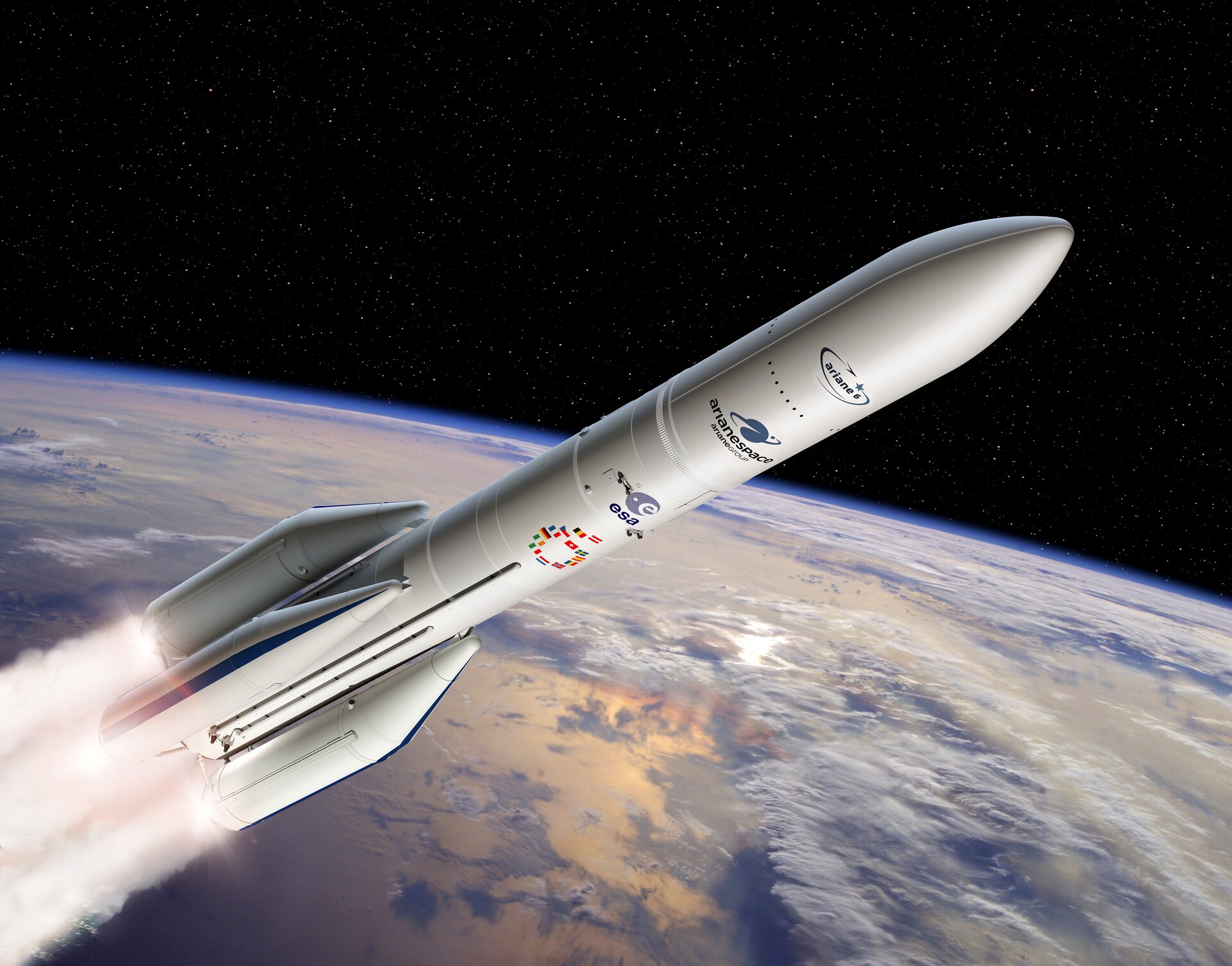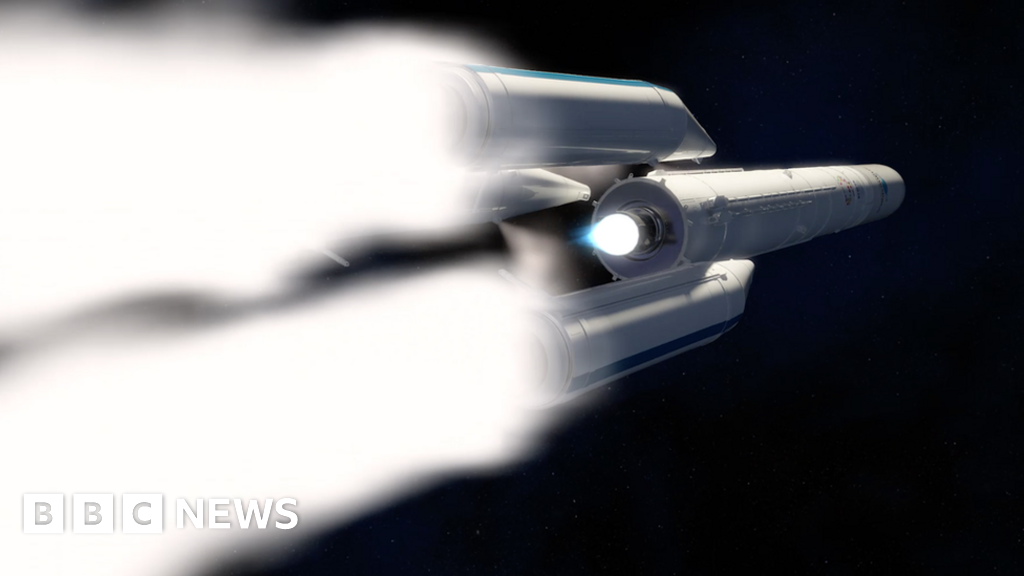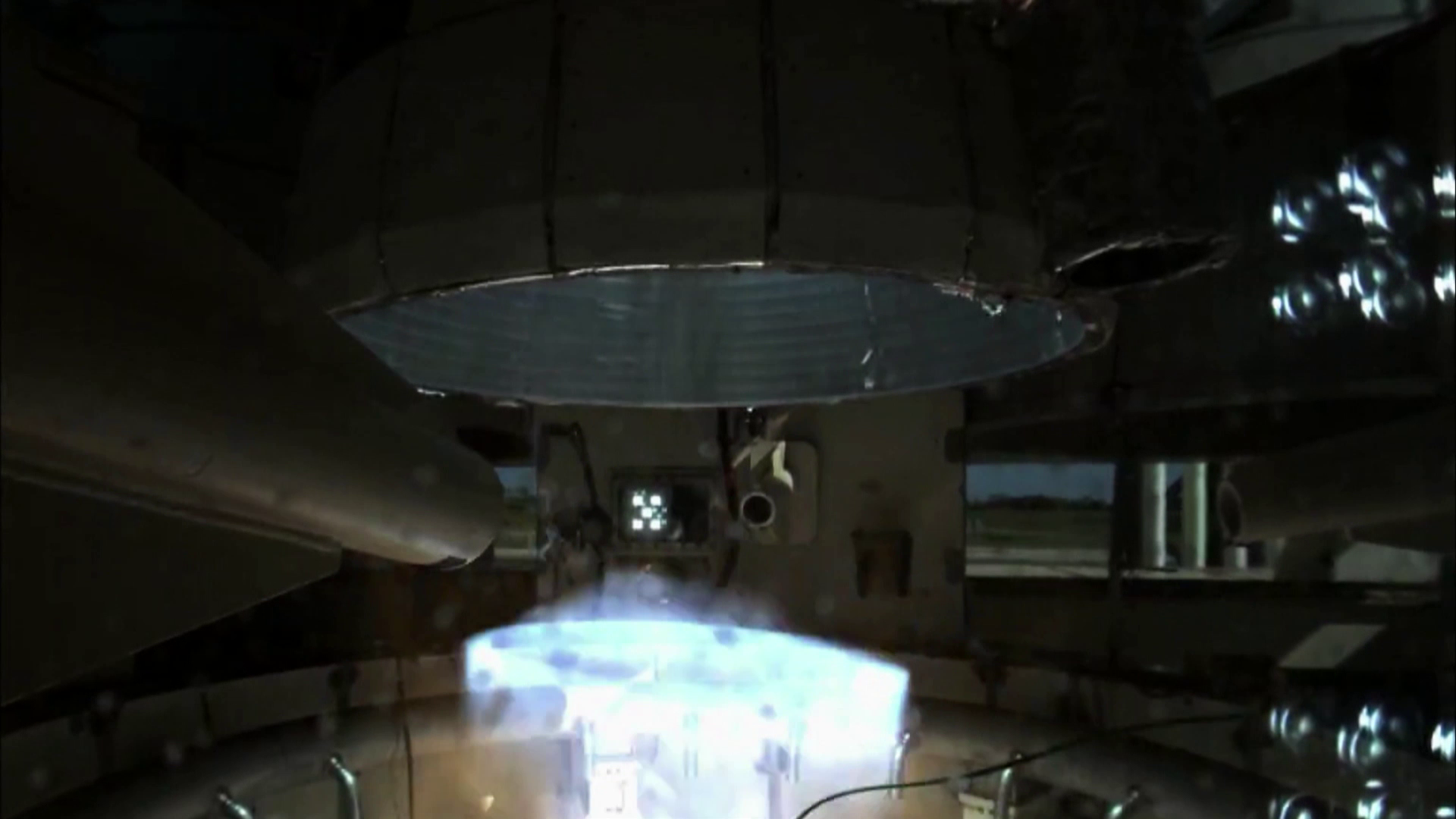- Joined
- Feb 6, 2008
- Messages
- 37,605
- Reaction score
- 2,327
- Points
- 203
- Location
- Wolfsburg
- Preferred Pronouns
- Sire
To be more specific: They updated P8 to P8.3. P8 was originally used for testing LH2/LOX engines for Ariane, and now got upgraded to support more powerful engines.
From the permission for the new test stand of last summer, its possible to deduce what kind of engines will be tested there:
The maximum permitted "Feuerungswärmeleistung" according to German emission law is 510 MW, sadly its a German legal term and hard to translate into English. Its the accumulated lower heating value of the hydrogen fuel burned per second. Which allows a bit of cheating since LH2/LOX results in water vapor and the vaporization energy of the water vapor produced can be added to the limit to calculate how much hydrogen can be burned every second... but how this is exactly calculated exceeds my knowledge:
I suspect, you can subtract about 2.2 MJ/kg from the 199 MJ/kg LHV of hydrogen to get the hydrogen mass flow allowed: 4 kg/s, total mass flow is thus 5.7 times higher, about 25 kg/s. That means about 110 kN of thrust in that case. (I likely got this wrong, since the Vinci engine has 180 kN... again, German laws are complex there)
Will be tested twice between 6:00 and 22:00 on 2.5 days in a week, for maximal 80 second of burn for large engines and maximal 3 hours of flare stack operation during each test...
From the permission for the new test stand of last summer, its possible to deduce what kind of engines will be tested there:
The maximum permitted "Feuerungswärmeleistung" according to German emission law is 510 MW, sadly its a German legal term and hard to translate into English. Its the accumulated lower heating value of the hydrogen fuel burned per second. Which allows a bit of cheating since LH2/LOX results in water vapor and the vaporization energy of the water vapor produced can be added to the limit to calculate how much hydrogen can be burned every second... but how this is exactly calculated exceeds my knowledge:
I suspect, you can subtract about 2.2 MJ/kg from the 199 MJ/kg LHV of hydrogen to get the hydrogen mass flow allowed: 4 kg/s, total mass flow is thus 5.7 times higher, about 25 kg/s. That means about 110 kN of thrust in that case. (I likely got this wrong, since the Vinci engine has 180 kN... again, German laws are complex there)
Will be tested twice between 6:00 and 22:00 on 2.5 days in a week, for maximal 80 second of burn for large engines and maximal 3 hours of flare stack operation during each test...
Last edited:




